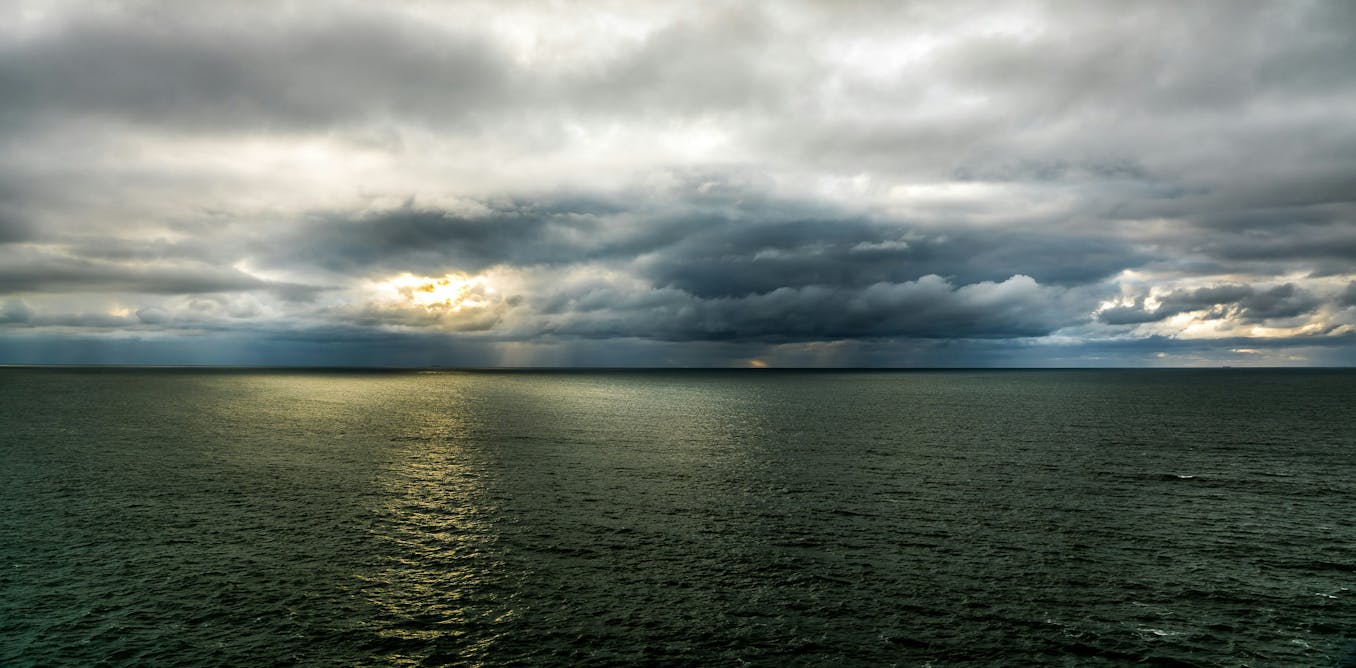To receive Morning Links in your inbox every weekday, sign up for our Breakfast with ARTnews newsletter.
Good Morning!
- Puck and ARTDAI have compiled lists of the top 50 artists by auction volume, numbers of lots sold, and top prices.
- Artnet News’s Eileen Kinsella canvases Old Masters dealers for why Canaletto’s Venice view sold for $43.9 million last month.
- And another essay—not by Dean Kissick—on the relationship between identity politics and art.
The Headlines
NUMBER CRUNCHING. For a new report released via Puck Wednesday evening, art data firm ARTDAI analyzed auction data for the first half of 2025 to generate the Top 50 selling artists by total auction volume, number of lots sold, overall hammer ratio, and the top price achieved for the artist. The results, downloadable here, suggest that buyers are “seriously pursuing works made by historically significant artists—some living, many dead [and] it appears that we’re just at the beginning of the cycle.” According to Puck‘s Marion Manneker, buyers are also chasing lower-value works “at a fairly robust clip, and they’re not afraid to bid for the works they want—though we may not be seeing as many high-value purchases as we have in the past.” The biggest deals, it seems, are happening privately—but there’s no way to confirm them. “Nevertheless, the idea that buyers have lost interest in art doesn’t really make sense when you see this data,” he writes. “They’ve just turned their focus to undervalued works, and that longer-term project seems to be building momentum.”
‘UNASHAMEDLY 18TH-CENTURY.’ In a nice segue from the above, Artnet News’s Eileen Kinsella tried to get to the bottom of why Canaletto’s Venice, the Return of the Bucintoro on Ascension Day (circa 1730) sold for “a whopping” £31.9 million ($43.9 million) at Christie’s last month, smashing the artist’s auction record. The article, which sources opinions from several Old Masters experts, asks questions like, Is it the perfect picture? How did scarcity influence the price? But, according to dealer Nicholas Hall, it was all of the above: “Its glittering Downing Street provenance [once owned by a British prime minister], its over-the-top composition with every conceivable Venetian ingredient thrown into the mix, and its impressive scale [make it] the ultimate trophy buy,” he said. “But, still, it was unashamedly 18th-century in date and taste and had a high guarantee. That did not inhibit some of the most spirited, competitive bidding seen at an Old Master auction for many years.”
The Digest
Current exhibitions at the National Gallery Singapore and other institutions in the country are presenting “a nuanced exploration of the island nation’s history as it continues to grapple with its colonial legacy.” [The Art Newspaper]
A court has ruled that the Polish culture minister’s decision last year to fire the longstanding director of the Polish History Museum (MHP) in Warsaw was unlawful. The removal of Robert Kostro caused widespread criticism at the time, with some accusing the government of political interference. [Notes from Poland]
Hayward Gallery Touring has tapped curator and writer Ekow Eshun to steer the British Art Show 10, opening September 2026 in Coventry before rolling out to Swansea, Bristol, Sheffield, and Newcastle Gateshead. [Artlyst]
Gaypalani Waṉambi has taken home Australia’s most prestigious First Nations art prize, and $100,000, for her artwork Burwu, blossom, which saw her etch thousands of stringybark blossoms and bees. [The Guardian]
The Kicker
IDENTITY CRISIS. When Dean Kissick let off some steam in Harper’s Magazine earlier this year, arguing that identity politics has destroyed contemporary art, many stood up to disagree with him. Steven Pie appears to be the latest; his recent article in ArtReview critiques the idea that art is dominated—and diminished—by identity politics. He questions whether identity has ever truly shaped art, arguing instead that great art transcends personal identity, focusing on universal themes and innovative expression. “Even the YBAs, ever represented as brash individualists, were more concerned with issues of sustainability and historiography than those of identity,” he writes. “Tracey Emin’s tent, hand-stitched with the names of all those with whom she was close, is a roll call of multiple epistemologies and ways of knowing. What’s in a name? she asks. The portable housing mechanism of the tent itself also references climate emergencies and displacement, embodying a ‘carrier bag of fiction’ approach to the art object. And: the tent is empty. Just as the artist’s unmade bed as an installation becomes a symbol of a bed—becomes everyone’s bed—it seems this has always been the role identity plays in art. The artist might make the bed, but we lie in it. Who’s in the bed with you is up to you.”

The post “Why Canaletto’s Venice View Sold for $43.9 M., Another Identity Politics vs. Art Article, and More: Morning Links for August 8, 2025” by Harrison Jacobs was published on 08/08/2025 by www.artnews.com




































Leave a Reply